Global Expansion Strategies for FinTechs in Emerging Markets: A Playbook for Leaders
2nd August 2025
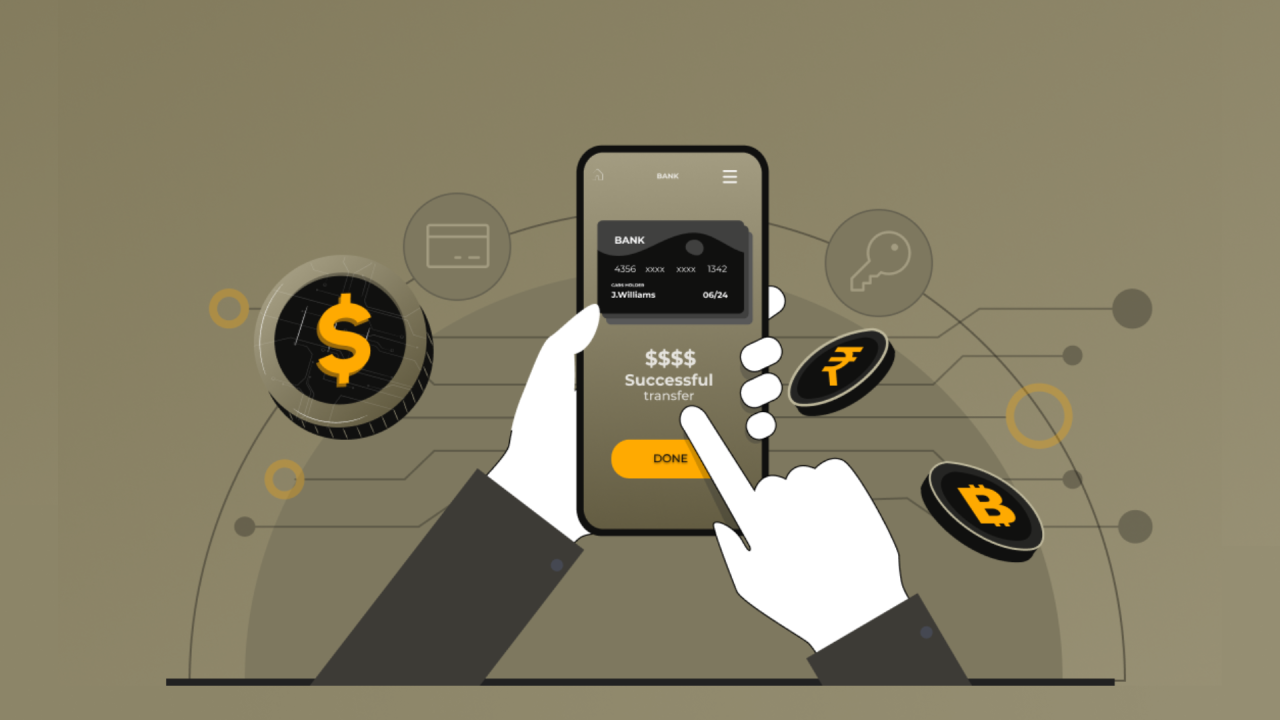 The Rise of Contactless Payments: Benefits and Security Concerns
The Rise of Contactless Payments: Benefits and Security Concerns
 Biometric Payments: The Next Big Trend in Secure Transactions
Biometric Payments: The Next Big Trend in Secure Transactions
.jpg) The Future of Payments: Trends Reshaping Transactions in 2025
The Future of Payments: Trends Reshaping Transactions in 2025
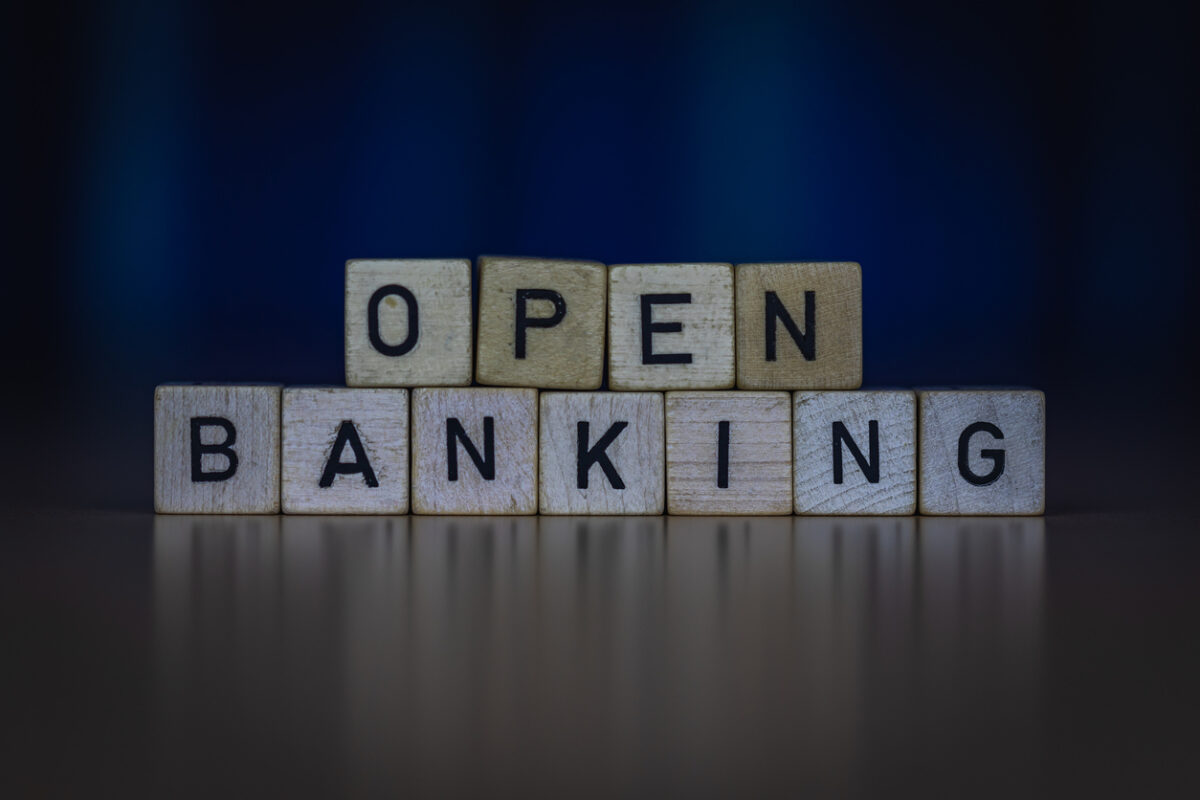 How Open Banking is Shaping Financial Services Globally
How Open Banking is Shaping Financial Services Globally
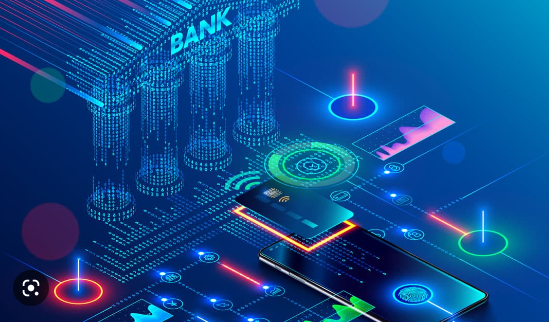 What the Future Holds for Digital-Only Banks: Navigating the Next Era of Banking
What the Future Holds for Digital-Only Banks: Navigating the Next Era of Banking
 The Impact of 5G on Fintech Services
The Impact of 5G on Fintech Services
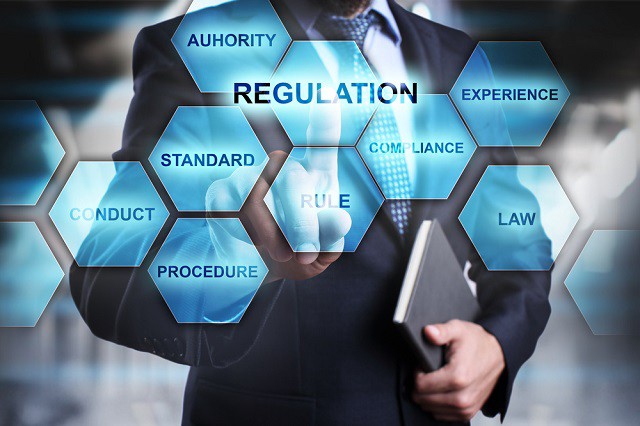 The Evolution of Fintech Regulation: What’s Next?
The Evolution of Fintech Regulation: What’s Next?
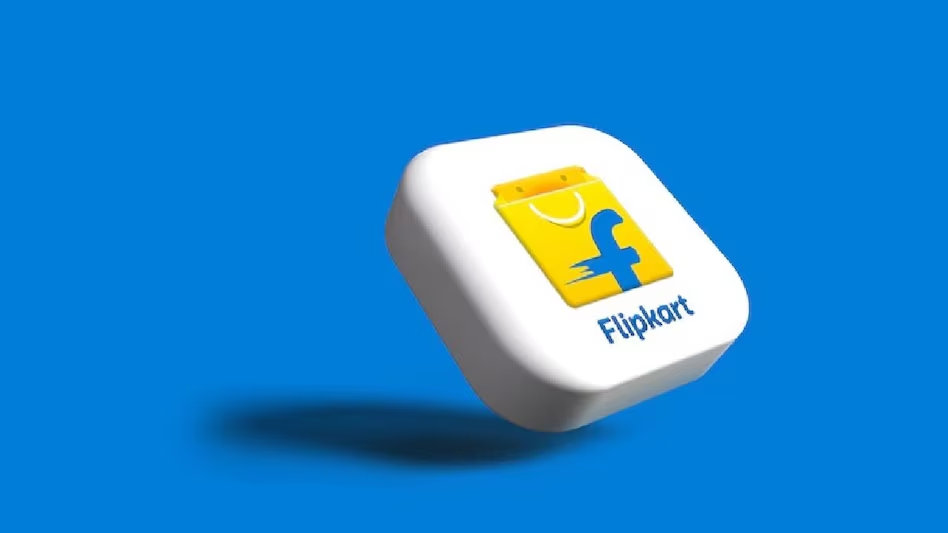 Flipkart Gets a Lending Licence: A Bold Leap into Embedded Finance
Flipkart Gets a Lending Licence: A Bold Leap into Embedded Finance
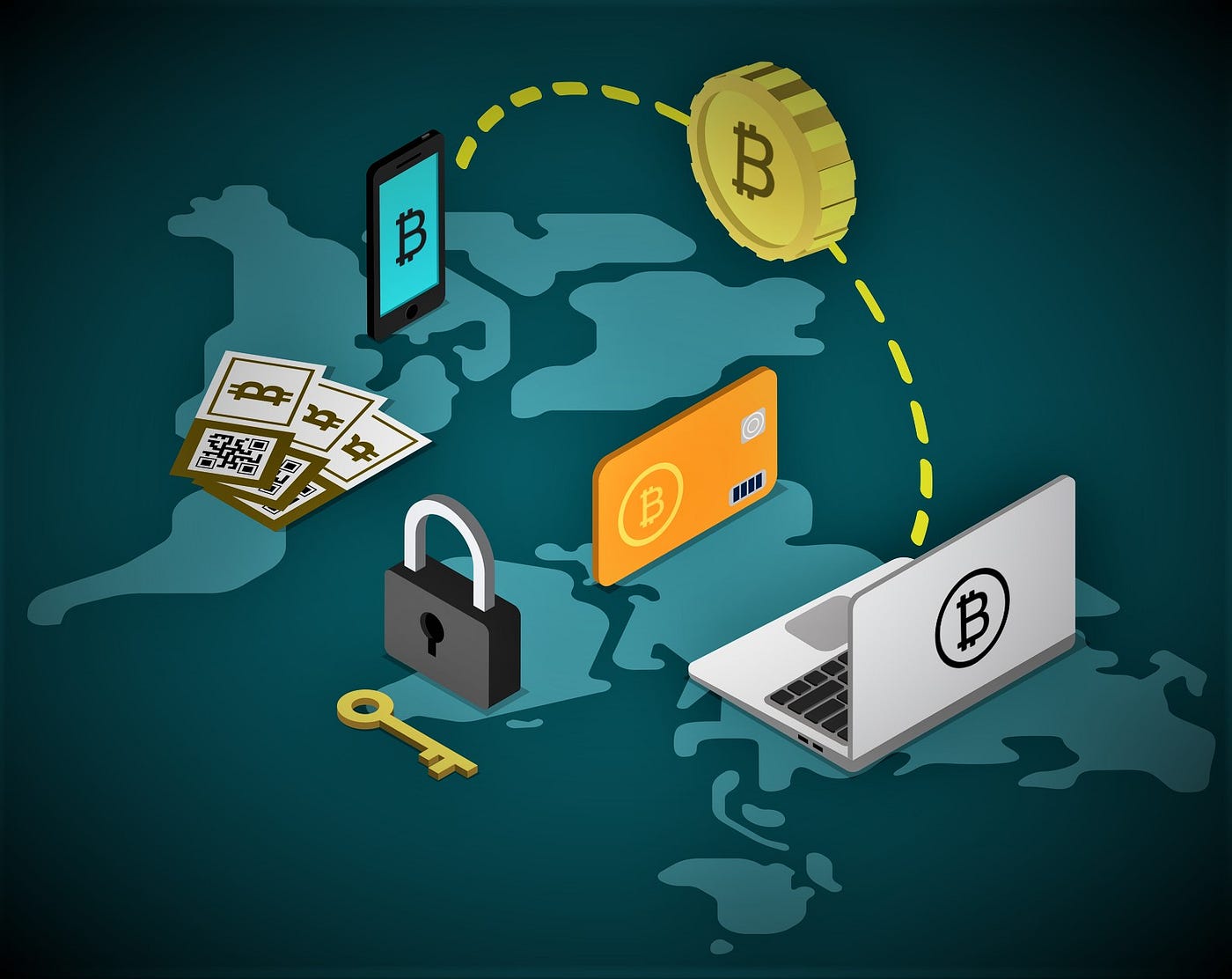 The Role of Cryptocurrencies in Cross-Border Payments
The Role of Cryptocurrencies in Cross-Border Payments
 QR Codes and the Cashless Leap: Transforming India's Financial DNA
QR Codes and the Cashless Leap: Transforming India's Financial DNA
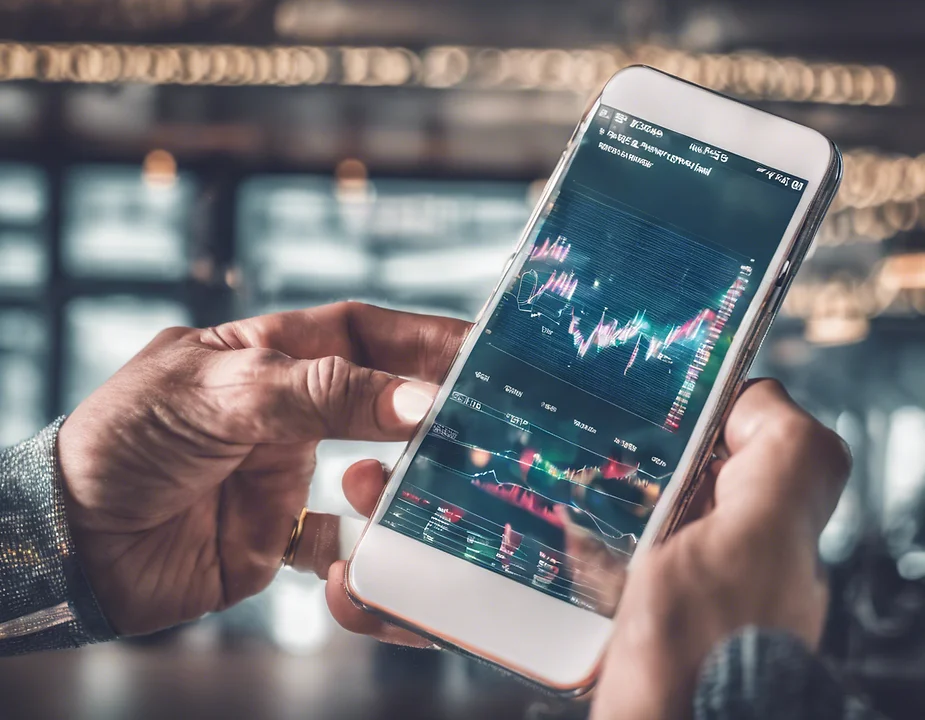 Top Fintech Innovations Shaping 2025: The Future of Finance
Top Fintech Innovations Shaping 2025: The Future of Finance
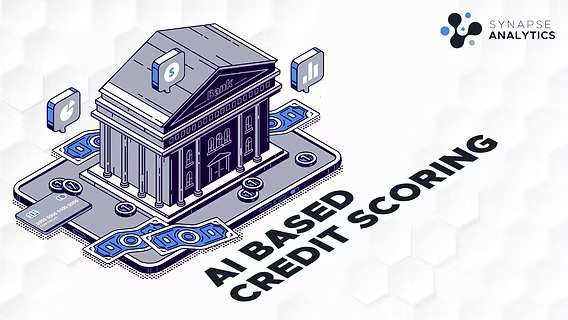 How AI is Transforming the Credit Scoring System
How AI is Transforming the Credit Scoring System

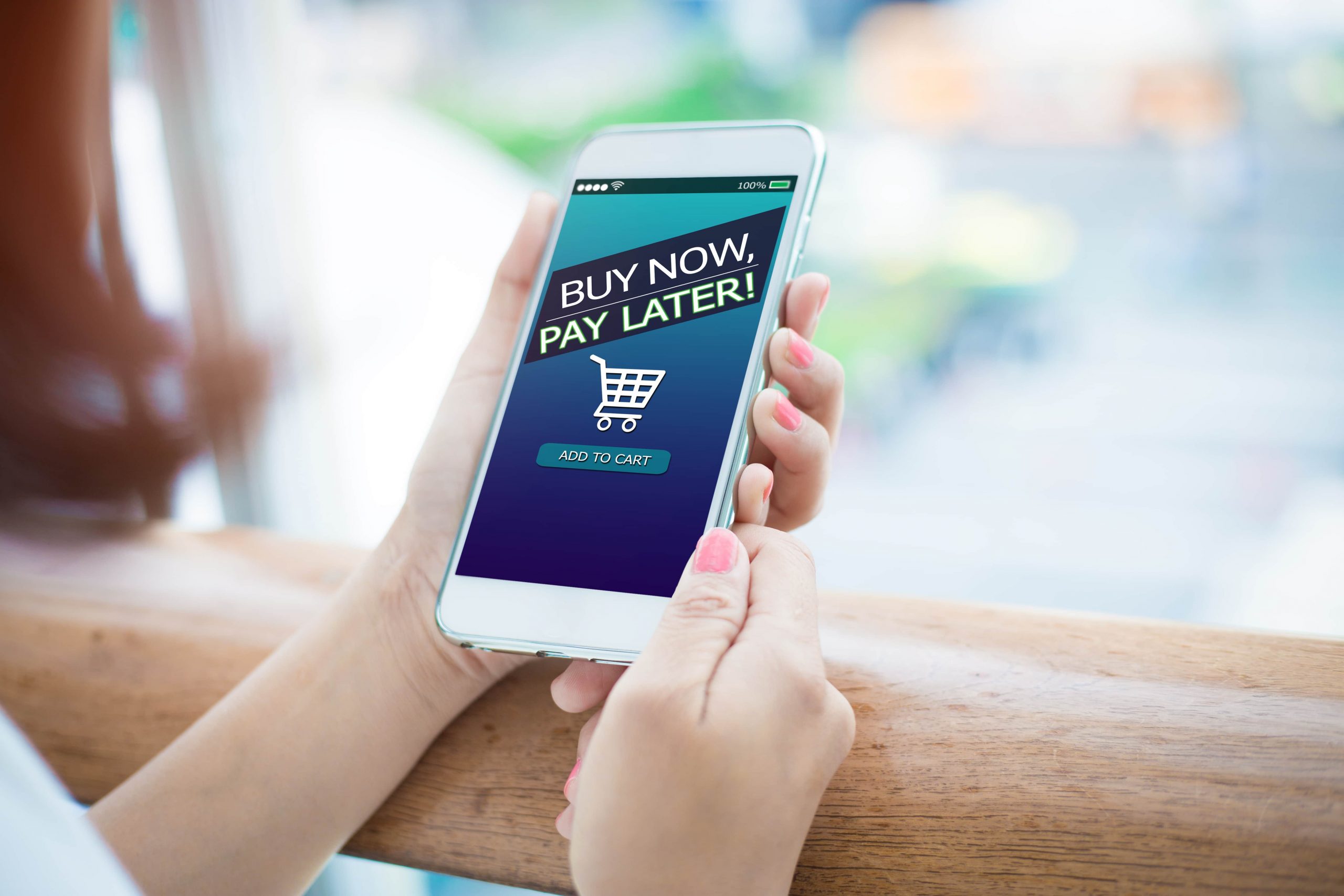
02 August 2025
4 min read
41
Not too long ago, Buy Now, Pay Later (BNPL) was a quirky option tucked into checkout pages—a convenient way to split payments in four. Fast forward to 2025, and BNPL is no longer a novelty. It’s evolved into a mature, heavily scrutinized industry that’s deeply embedded in how consumers—and even businesses—approach spending.
Now, with new regulations, smarter integrations, and expanding use cases, we're entering what could be called BNPL 2.0. Here's what that really means—and what’s around the corner.
The past few years made one thing clear: BNPL can’t stay in the shadows of consumer finance forever. In 2025, regulation has caught up.
Governments are no longer just watching; they’re implementing real frameworks. That includes:
Required affordability assessments to avoid over-lending,
Clearer fee disclosures to eliminate fine-print traps, and
Credit bureau reporting to tie BNPL to real credit behavior.
Far from killing the model, these rules are forcing providers to act more like financial institutions—and that's raising the bar across the board.
The idea that BNPL only lives at the point-of-sale is outdated. We're now seeing BNPL functionality built directly into banking apps, e-wallets, and even credit cards.
Instead of waiting until checkout, customers can:
Pre-approve themselves for spending limits,
Convert past transactions into installment plans,
Or opt into flexible terms straight from their mobile banking app.
For retailers and banks, this deeper integration opens up new ways to engage customers—without losing them to third-party fintechs.
While BNPL started with fashion, cosmetics, and consumer tech, its next wave is heading into higher-value, longer-cycle industries.
We’re seeing new traction in:
Healthcare financing (e.g., elective surgeries or dental),
Travel and hospitality, where vacations are booked in installments,
And even education—helping learners spread out tuition or course fees.
Add to that a growing B2B BNPL sector, where businesses are using installment models for software, inventory, and equipment, and you’ve got a product that’s way more than just a consumer convenience.
BNPL 2.0 isn’t about “lend to all and hope for the best.” Providers are using real-time data and AI-powered insights to make more informed credit decisions.
We're talking:
Transaction-level analysis to personalize limits,
Behavioral scoring based on repayment history,
And dynamic adjustments—tightening or relaxing terms as the customer’s profile evolves.
This shift toward precision underwriting is critical if the industry wants to survive rising defaults and stricter oversight.
It’s not just Klarna, Afterpay, or Affirm anymore. In 2025:
Banks are launching their own BNPL tools tied to debit and credit cards,
Tech giants like Apple and Google are building installment options into devices and ecosystems,
And retailers are partnering or building in-house to take more control over the experience (and the margins).
As the dust settles, expect to see a few winners emerge based not just on scale—but on how well they balance trust, tech, and transparency.
BNPL is increasingly being tied to loyalty programs. And that’s not an accident. With regulation capping fees and defaults posing a risk, the next frontier is retention.
Forward-thinking BNPL players are:
Offering rewards for on-time payments,
Building cashback programs tied to usage,
And integrating BNPL into retailer loyalty ecosystems.
The more value customers feel beyond just deferred payments, the more likely they are to stay—and repay.
BNPL started as a disruptor. It challenged credit cards, offered flexibility, and tapped into the digital-first mindset of a younger generation. But now, it’s being challenged to evolve.
BNPL 2.0 doesn’t just need to be convenient. It needs to be sustainable, transparent, and genuinely useful across a wider set of life situations.
The companies that thrive in this next phase won’t just be the most aggressive or best-funded. They’ll be the ones that design responsibly, integrate intelligently, and meet users where they are—financially and emotionally.
Interested in what BNPL 2.0 could mean for your business or your wallet? The shift is already underway. Now’s the time to adapt.
Read Next
 News
News
.jpg) News
News
 Blog
Blog
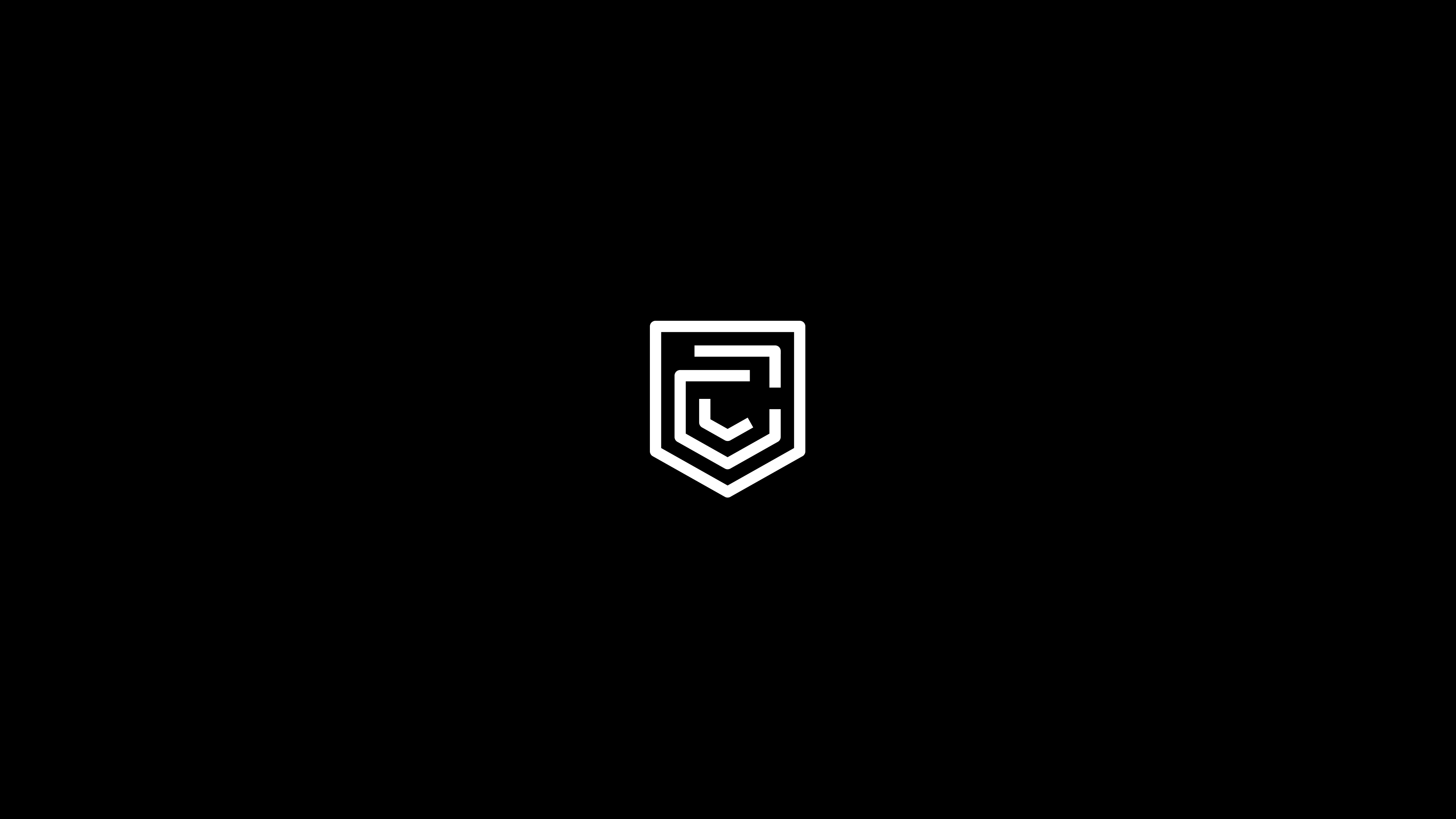 News
News
 News
News
 News
News
Live Polls
Live Discussion
Topic Suggestion
Whom Do You Wish To Hear
Sector Updates
Leave your opinion / comment here